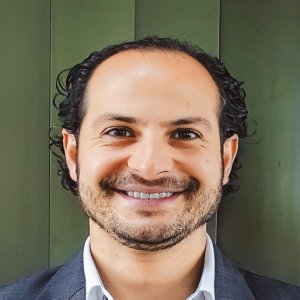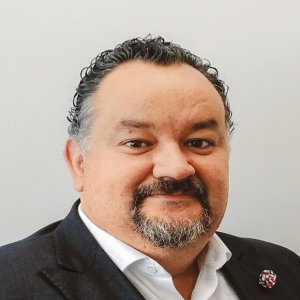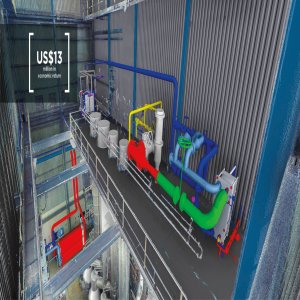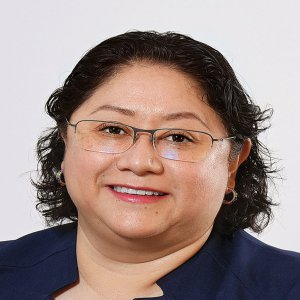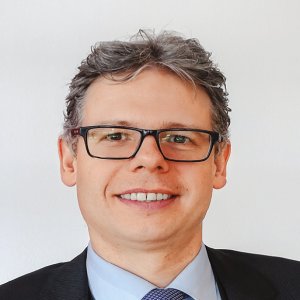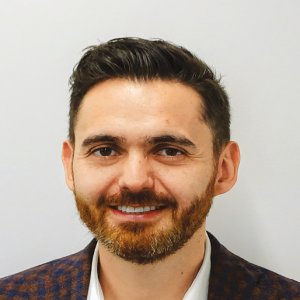Financial Gears to Propel Project Development Machinery

Financial Gears to Propel Project Development Machinery

STORY INLINE POST
Q: What makes Anabática Renovables a reference for technical advise to financial entities and developers?
OG: Anabática Renovables started operations in Chile in 2012 with a financial profile. The idea was to provide advisory services to banks and their decision-making committees related to project financing schemes. Our expertise addressed their criteria and risk models for evaluating renewable energy projects. Based on what the market’s different players were working on, we refocused and redirected the models used by financial entities to adopt a more technical-financial posture and better respond to these players’ needs. Our work allowed projects, even those under development, to reach financial closing.
Q: How does Anabática Renovables provide the best solutions to its clients’ most common problems?
OG: The lack of project structure under a long-term market vision is a common issue. More often than not, developments are undertaken on the basis of land ownership or the availability of seed capital, without an integral vision of what the project is for, whether the market will respond favorably to it, who the off-takers are or what the business model is. Several puzzle pieces need to be put in place when developing a project and clear visibility over every single one is critical.
Q: What financial entities have expressed interest in financing renewable energy projects?
OG: From our interactions with development banking institutions in Mexico, we can say that commercial banking still requires greater certainty to get involved in these projects on their own. They still rely on development banks to lead financing efforts and to provide the platform for creating pools of financial entities to build up a healthier financing scheme for each project. This is not exclusive to Mexico’s market and there is financing appetite for projects, especially from private financial entities that are affiliated with funds and which are looking to branch out to other markets.
AL: Mexico’s investment capital for renewable energy is primarily provided by foreign companies but the country also has a significant financial influence. There is a great number of players in Mexico’s industrial sector that have the potential to participate in this area and generate added value for themselves in terms of social benefits, sustainability and profitability. Mexico’s industrial players should fully capitalize on this opportunity and enter the fray. In Argentina, for instance, close to 70 percent of the projects awarded went to local companies.
Q: How is Anabática Renovables developing its public entity interaction service in Mexico?
OG: Given our recent arrival to the Mexican market, we are still in the initial phases of establishing this service. More generally, in markets such as Chile, Argentina and El Salvador, we built strong ties with government entities. For instance, we worked closely with El Salvador’s General Superintendent of Electricity and Telecommunications (SIGET), advising on the technical and financial aspects of the renewable energy tenders it was looking to organize. We helped it set the energy price caps, risk models and the technical assessment strategy for all proposals.
Q: What is your primary advice for project developers in Mexico?
OG: Project development should be viewed from the outset as a financial issue. Often, developers prioritize the technical, legal and contractual aspects of a project, considering the financial aspects halfway through. Financial pre-feasibility studies under various scenarios are critical. Some developments integrate predictions for future node price fluctuations, which should be encouraged. Once the financial aspects are covered, market analysis is the next logical step. A project’s competitiveness can be impacted based on the particular location, what other projects are being developed nearby and their respective advancement. This would help anticipate potential grid saturation if more advanced projects are connected first.
